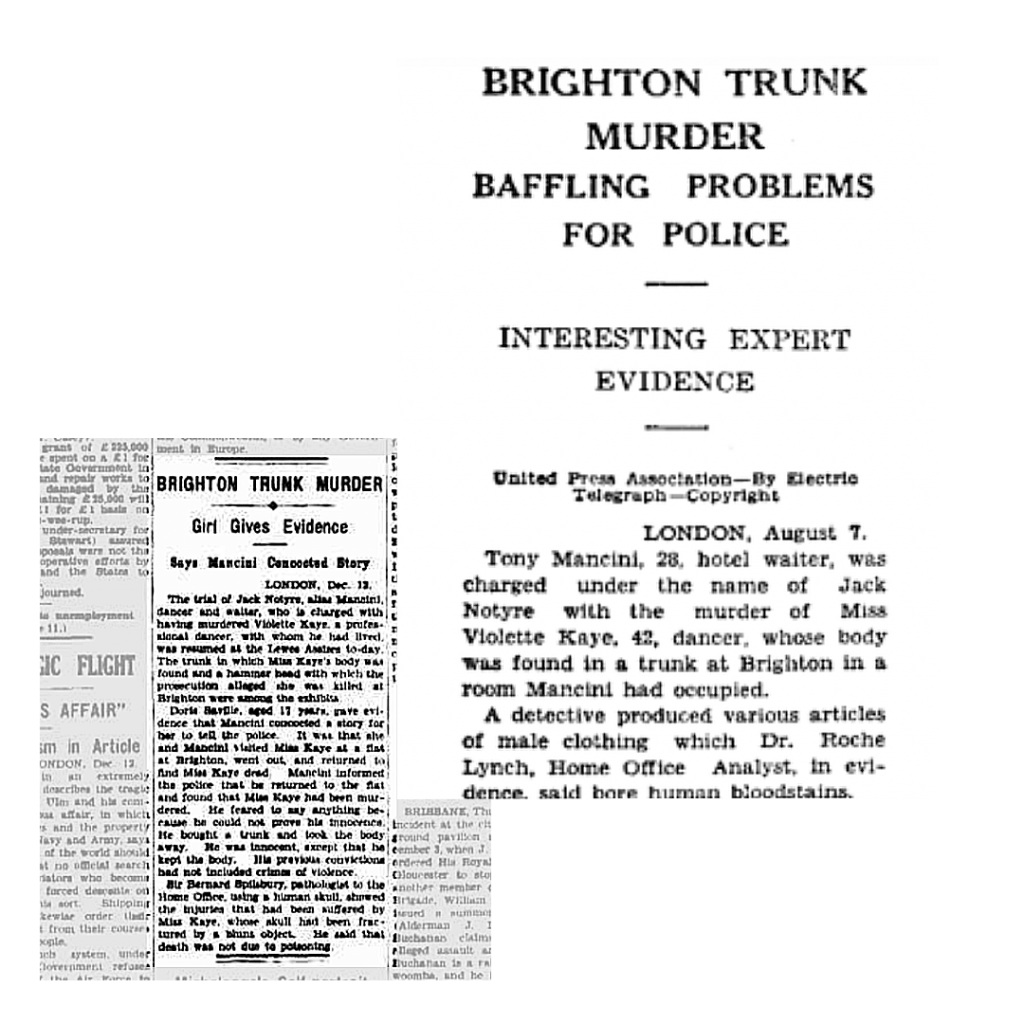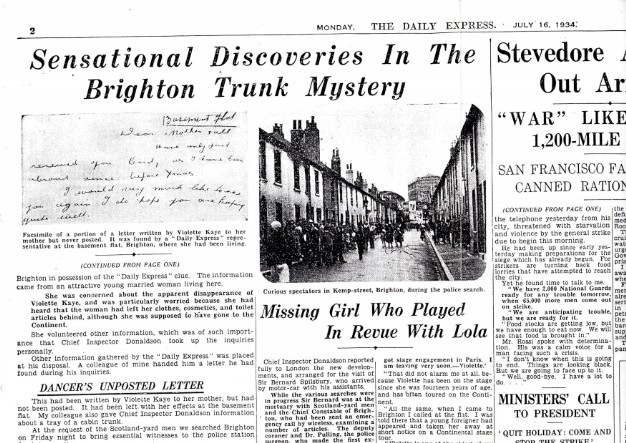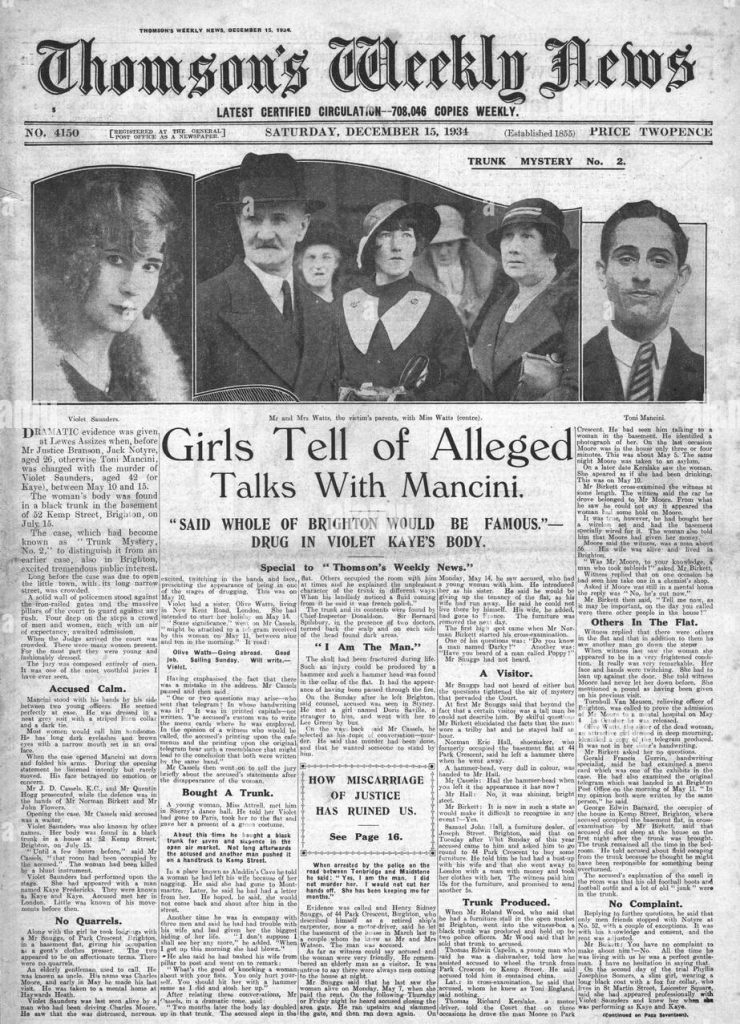The Brighton Trunk Murders remain one of the darkest and most perplexing chapters in British crime history. These chilling events unfolded in the summer of 1934, casting a shadow over the picturesque seaside town of Brighton. Dubbed "The Queen of Slaughtering Places," the town became infamous for the discovery of human remains hidden inside unassuming trunks. What followed was a tale of mystery, scandal, and unresolved questions that haunt the imagination to this day.
The First Murder: "The Girl with the Pretty Feet"
On June 17, 1934, an unclaimed trunk at Brighton Railway Station began to emit a foul stench, catching the attention of station worker William Joseph Vinnicombe. Inside, Chief Inspector Bob Donaldson made a gruesome discovery: the dismembered torso of a woman. Days later, her legs and feet were found in a suitcase at King’s Cross Station. The press, captivated by the gruesome details, nicknamed the unidentified victim "The Girl with the Pretty Feet" due to her elegant, dancer-like feet. She was estimated to be in her late 20s and five months pregnant at the time of her death. Despite an investigation involving renowned pathologist Sir Bernard Spilsbury, neither the woman’s identity nor her killer was ever uncovered.

Unanswered Questions and Lingering Mysteries
While Mancini’s trial and eventual confession brought closure to one case, the identity of "The Girl with the Pretty Feet" and her killer remains a mystery. Was she a victim of an illegal abortion gone wrong? Was she another casualty of a serial predator who used trunks as a macabre signature? The Brighton Trunk Murders revealed not only the brutality of the crimes but also the darker undercurrents of society in the 1930s: unregulated abortions, systemic corruption, and the vulnerabilities of women in a male-dominated world.

The Second Murder: Violette Kaye and Toni Mancini
The first murder had barely faded from public memory when another body was discovered in Brighton, this time at 52 Kemp Street. The victim was Violette Kaye, a 42-year-old dancer and sex worker. Her partner, Toni Mancini, a waiter with a shady past, had placed her body inside a trunk at the foot of his bed, using it as a coffee table despite the overpowering stench. Kaye had last been seen in May 1934, following a heated argument with Mancini at the Skylark Café. Mancini claimed she had left for Paris, even sending a forged telegram to her family. In truth, he had killed her during a domestic dispute and fled when police began investigating her disappearance. Mancini was eventually apprehended and stood trial for murder. The case, marked by sensational headlines and dramatic courtroom exchanges, resulted in a shocking "not guilty" verdict. Mancini later confessed to the crime in 1976, claiming it was an act of self-defense during an argument.

